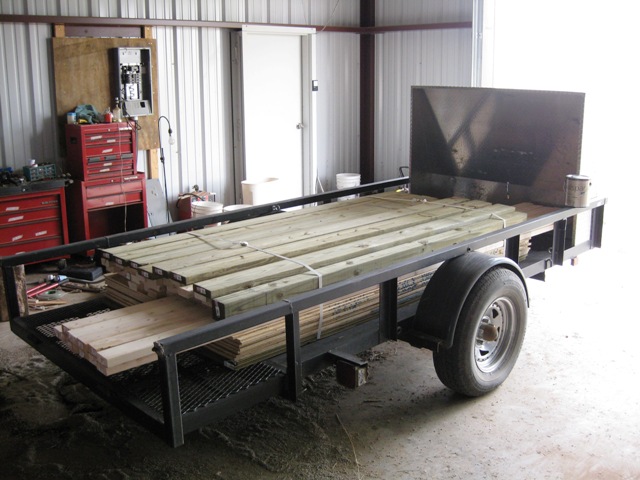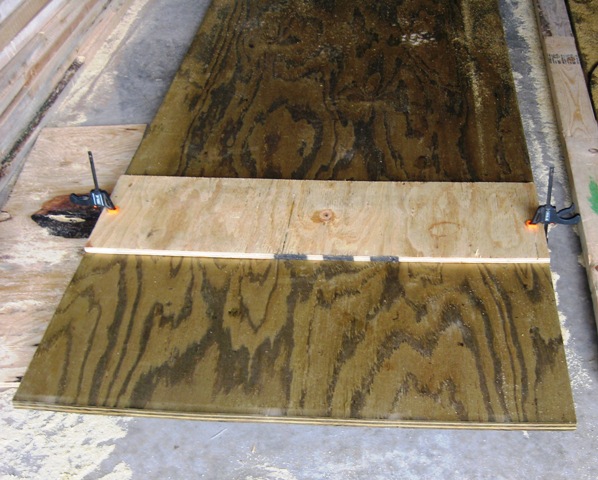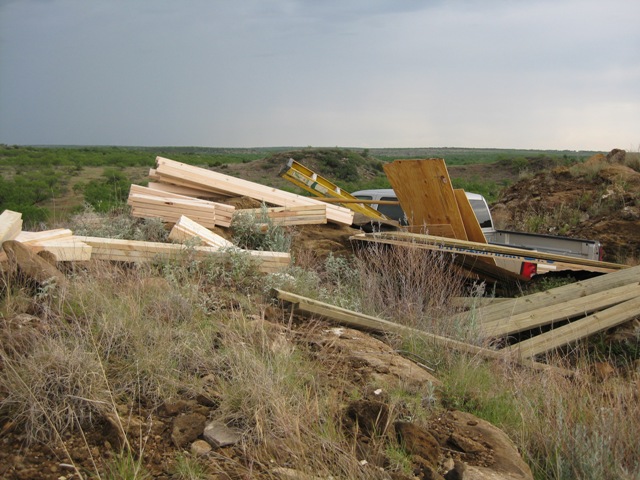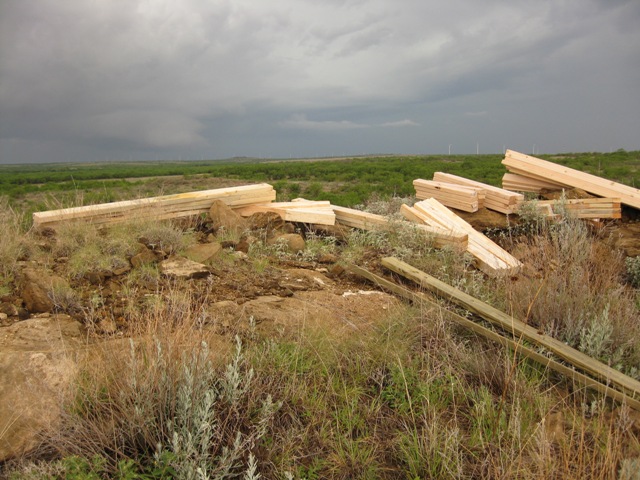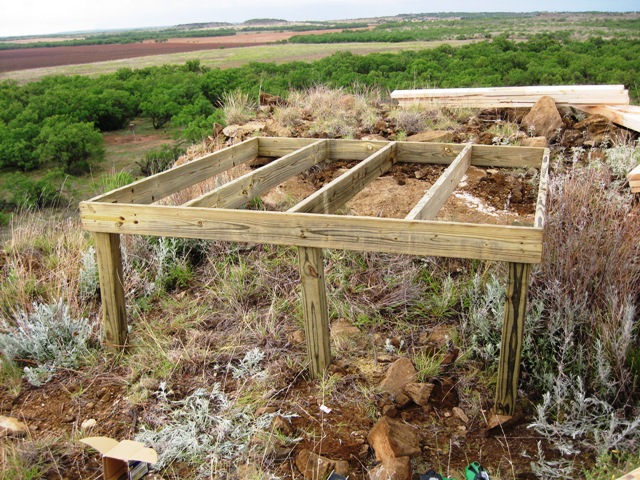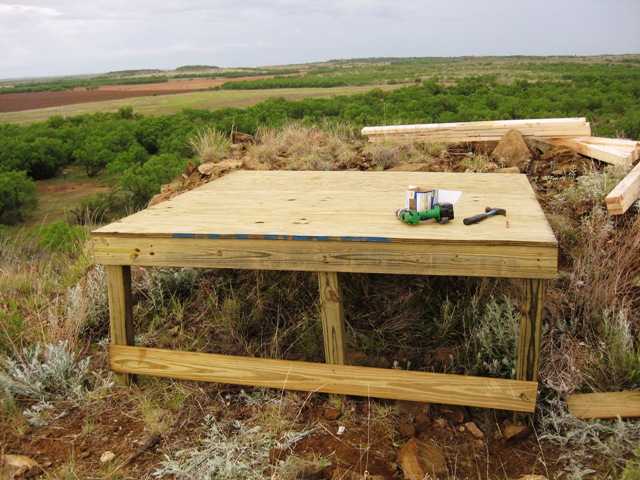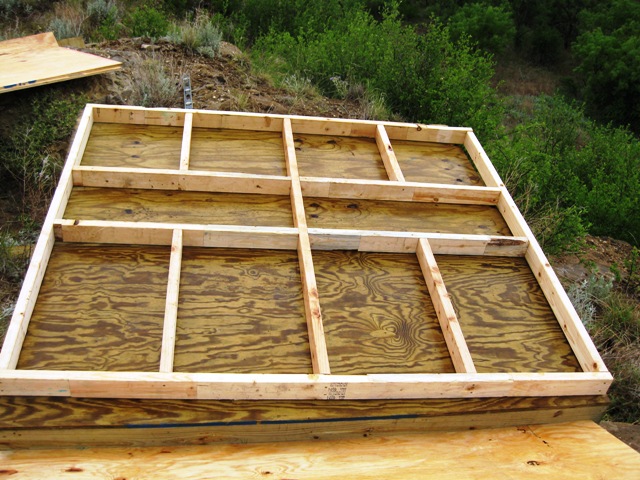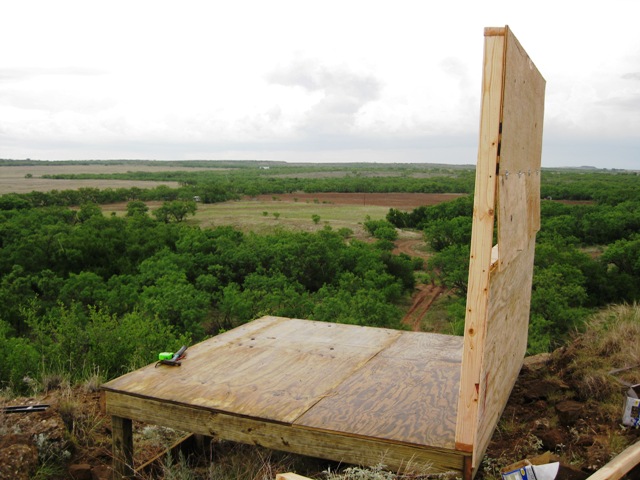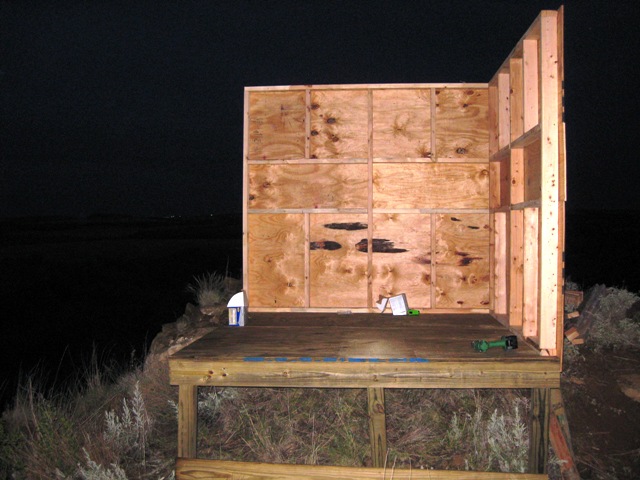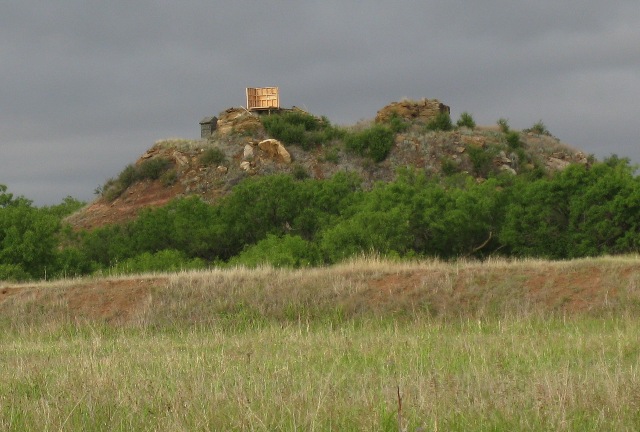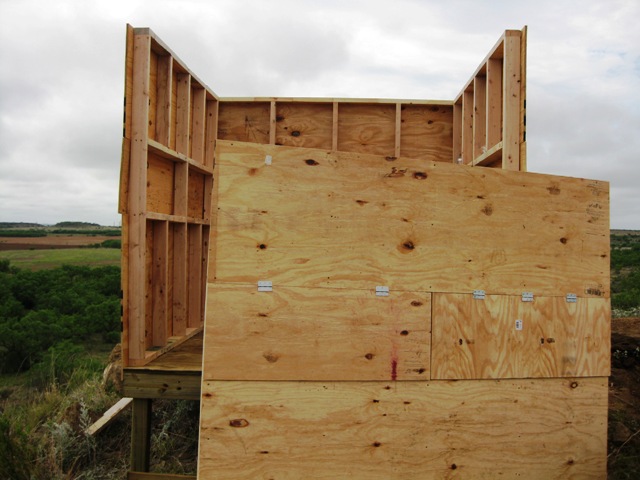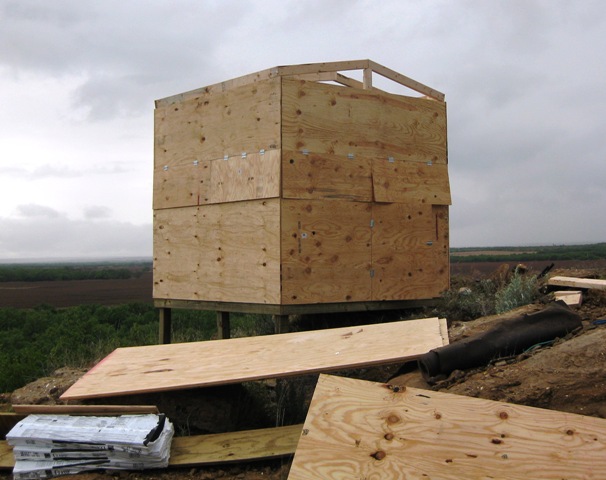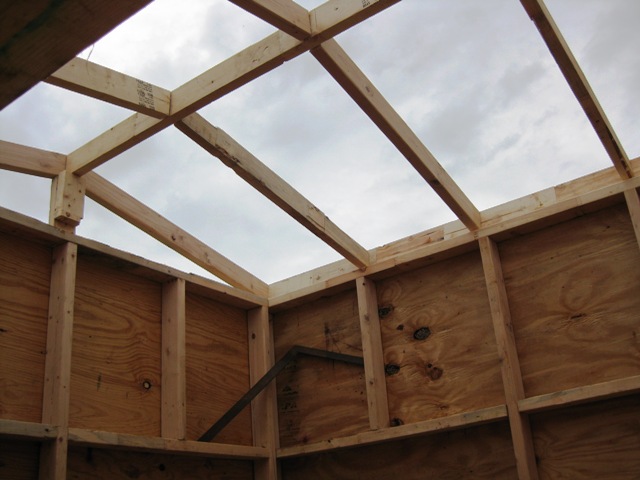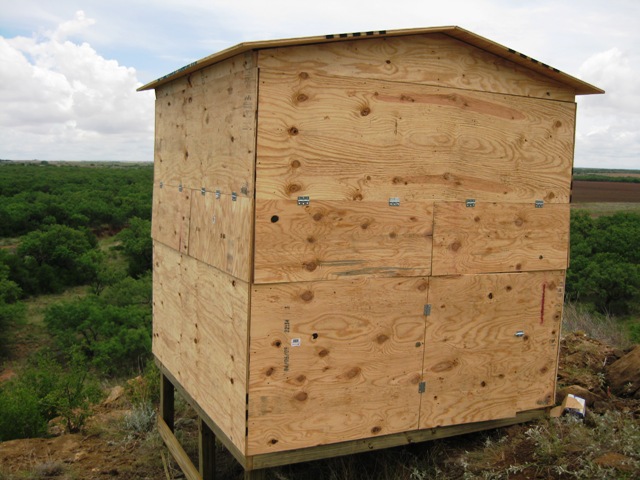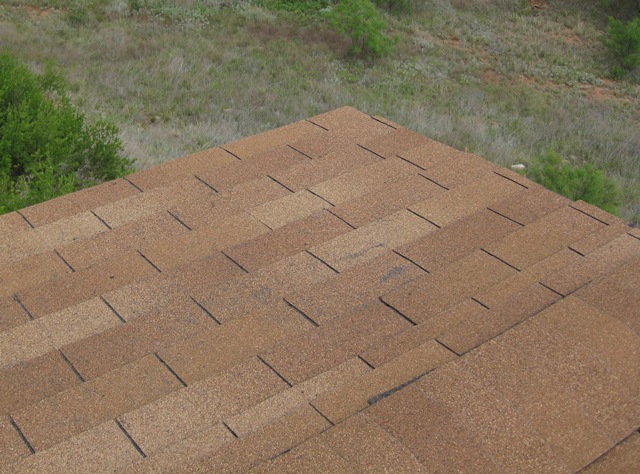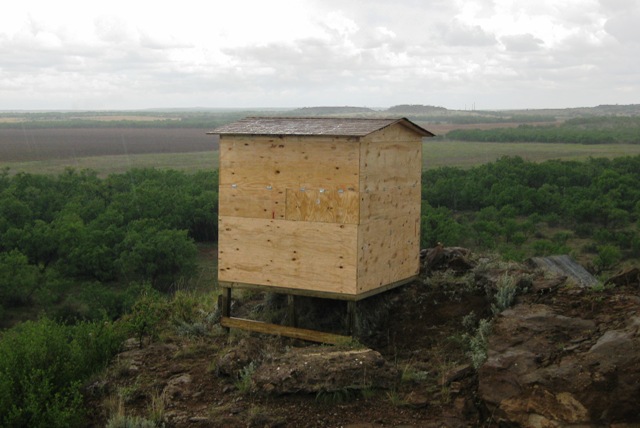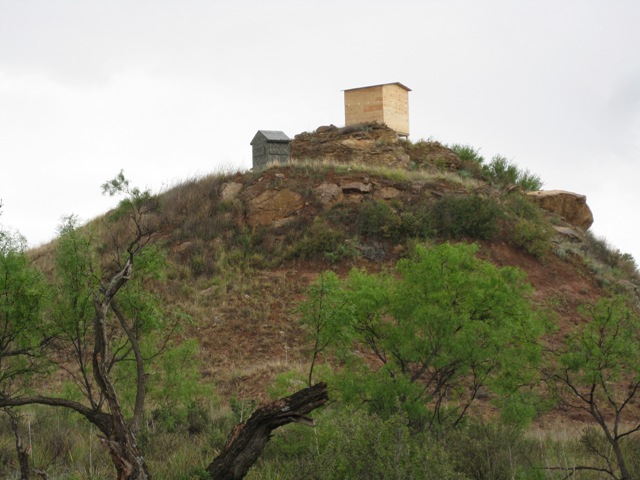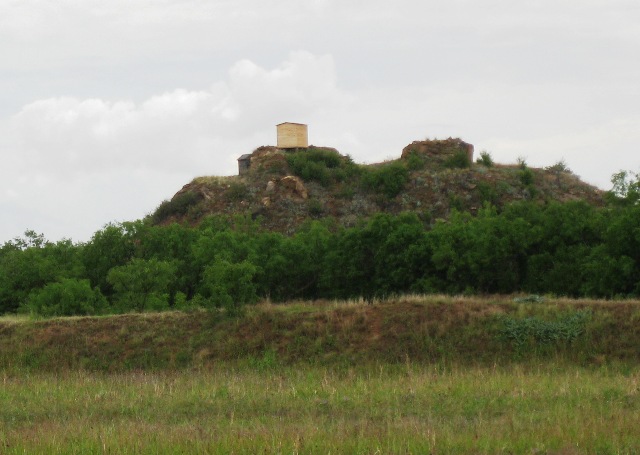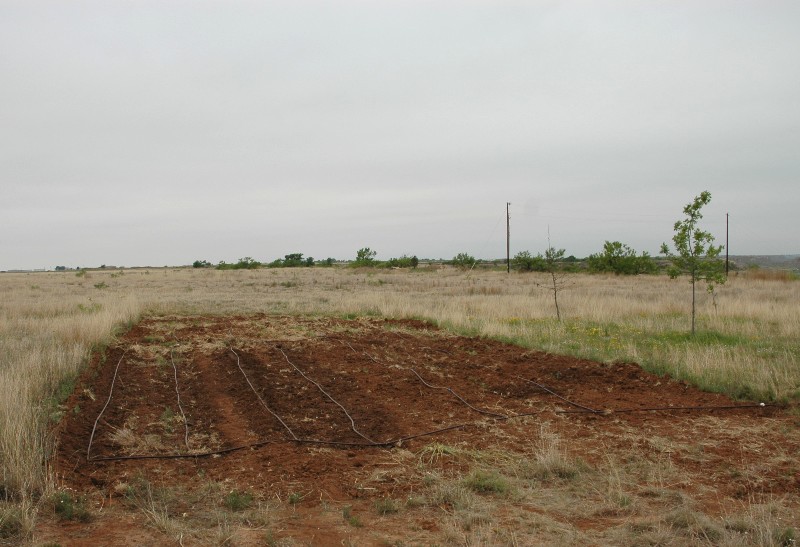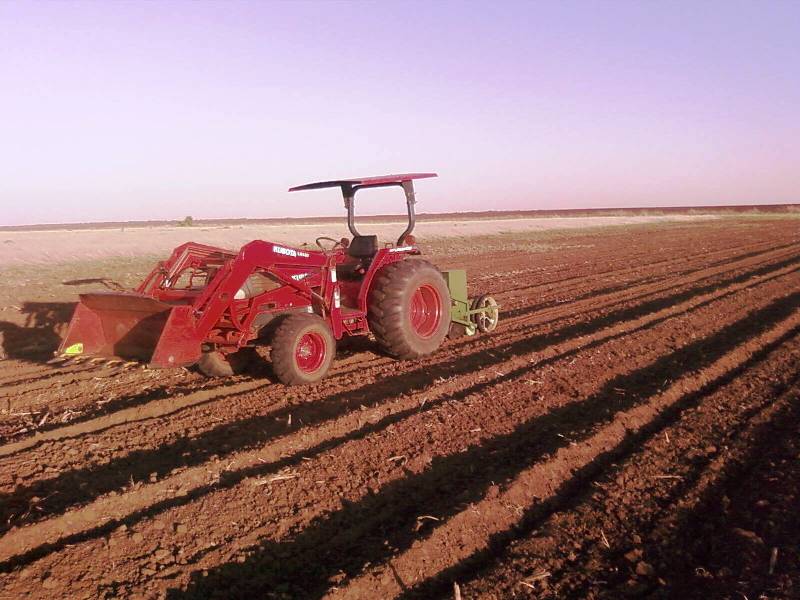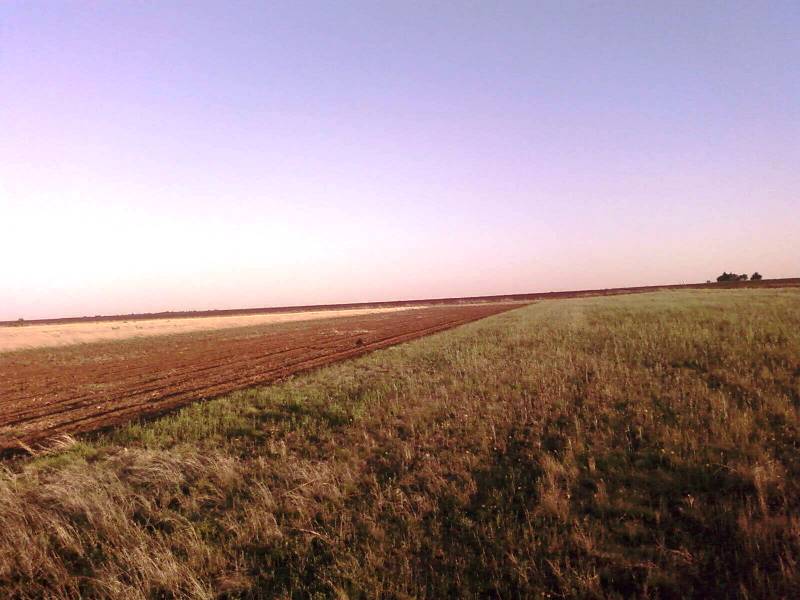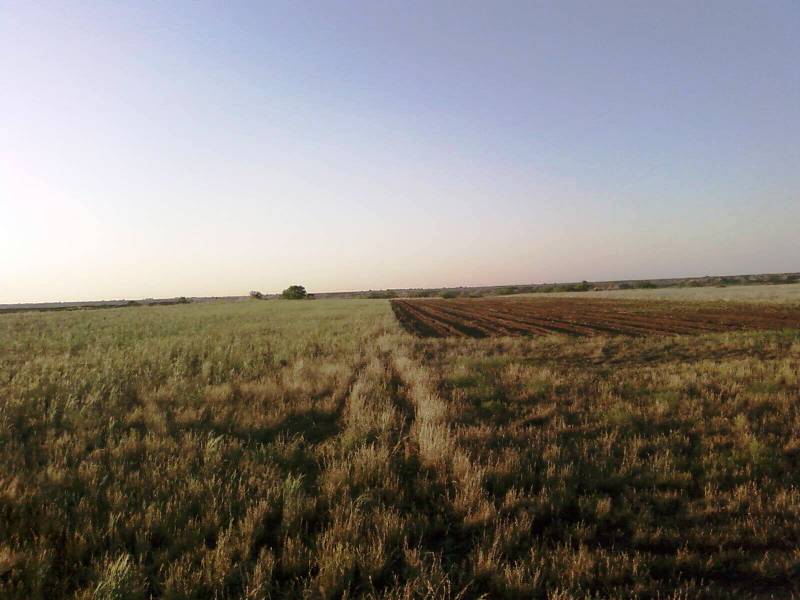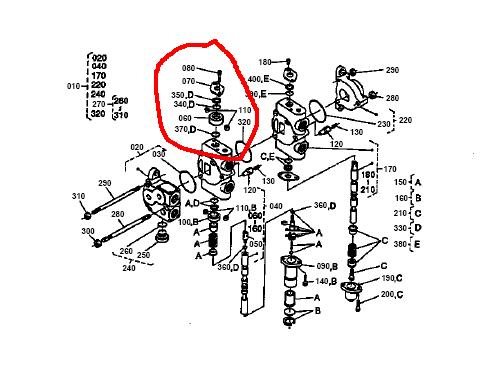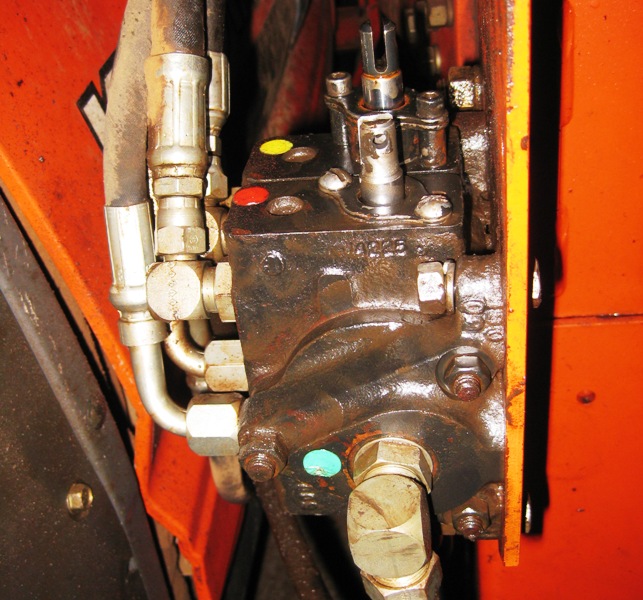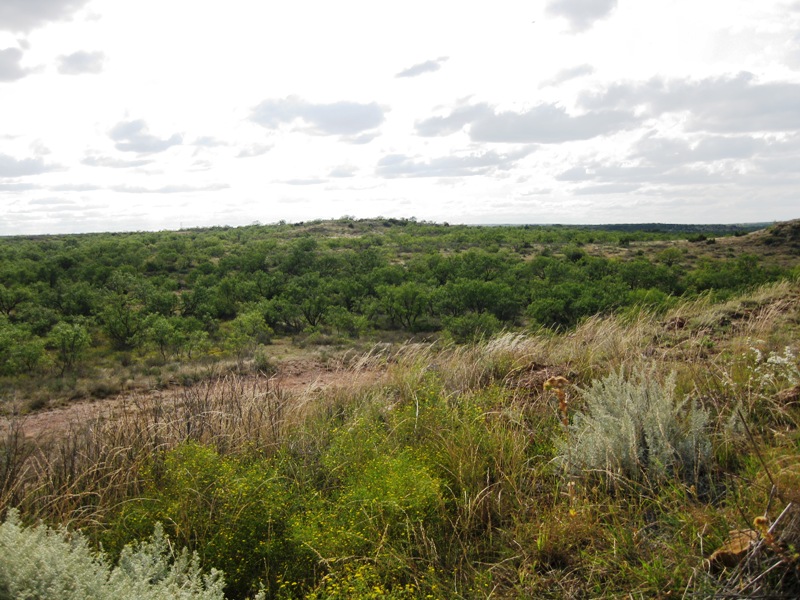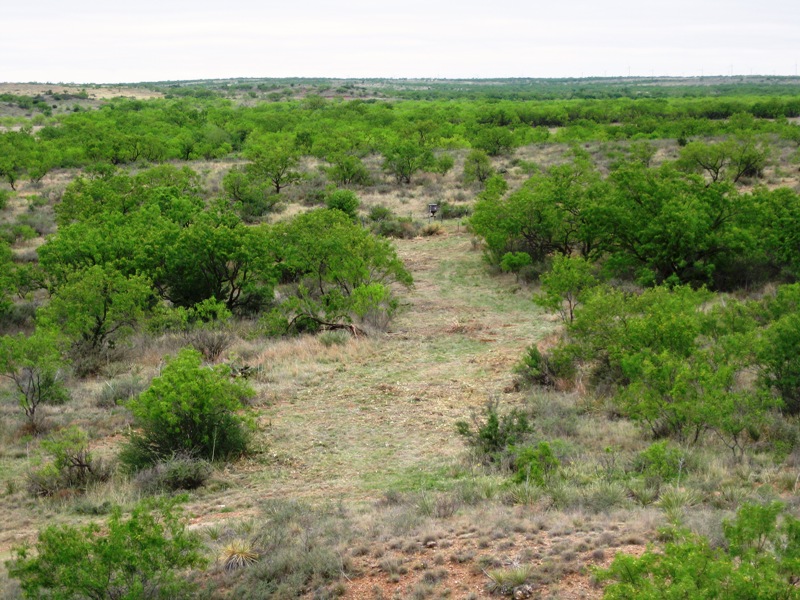I would have been fine with some off the shelf paint, or scratch and dent paint, but they don't really carry it like that anymore so I got some medium brown (I think the actual color was Carmel Gold) and then later decided I would use some more dark brown on the inside and to do a little camouflage with. I think that was Dark Walnut or something like that.
I brought 1 gallon of primer and the 2 gallons of paint and thought it was completely overkill, but I found out that I thought wrong! The other new aspect of the project was that I decided to try out one of the Wagner power sprayers to paint it with. I really thought it would save time on the inside of the blind with the exposed 2x4's and windows and stuff. Reading the reviews online it seemed like people either loved it or hated it and said it didn't work at all. I would give it 3 stars out of 5 personally. It did a decent job on my hunting blind, but I probably wouldn't use it on anything that needed a nice finish. Occasionally it would throw some blobs of paint out and you needed to have a paint brush handy to smooth it out a bit. I'm for sure going to keep it though because I think it will be perfect for when it comes time to stain Eli's playground.
Okay, back to the hunting blind. One other thing that I forgot was a ladder so I ended up using (and eventually destroying) a folding chair that I had been using in the old hunting blind for reaching the higher areas. The first gallon of primer went on pretty well (did you remember that I only brought 1 gallon of primer?) and then I had to wait while Ben made an unscheduled trip into Sweetwater to buy another can of primer. The worst thing is that I have another can of primer at home, I just had no idea that I would need it. An hour or so later and I was done with the primer, but I ended up using every drop out of both cans. I ended up pretty much covered in paint thanks to the sprayer, but I really think I saved quite a bit of time overall. I just brought my generator this time and it worked great and I didn't have to worry about charging any batteries.
Here is the blind with it's coat of primer on. I also put a few tubes of caulking on it to try to keep it as weather tight as possible, if nothing else, then to prolong the life of the plywood.
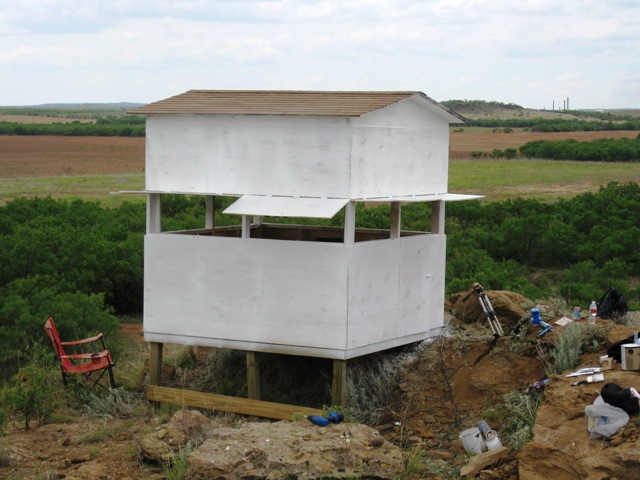 Here's another comparison shot with the old blind. The new blind truly has a 360 degree blind field of view where the old blind really only had about a 180 degree field of view. I've worked on the windows a little more so they all open up more evenly.
Here's another comparison shot with the old blind. The new blind truly has a 360 degree blind field of view where the old blind really only had about a 180 degree field of view. I've worked on the windows a little more so they all open up more evenly. 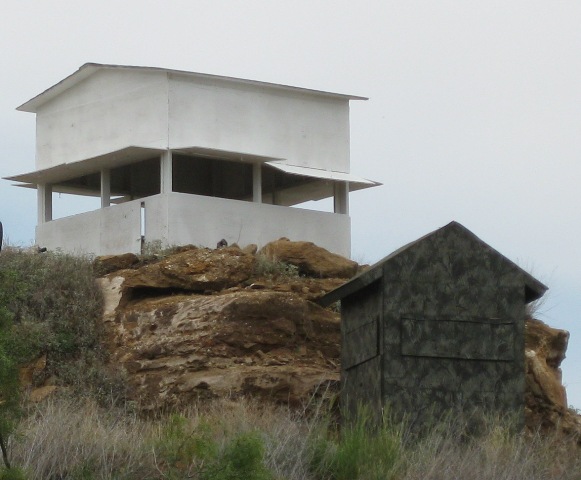 Are you ready for the final result? Well, maybe not final, but good enough for now. I ended up using most all of the darker paint on the inside, and the medium brown on the outside. It ended up taking about 2 hours to actually paint it with another hour or two to clean up between the primer and waiting on the new primer. We then spent about 10 minutes with a couple spray cans trying to camouflage it. It kind of looks like a couple grade school kids went after it! You can see my chair has about had it by this time.
Are you ready for the final result? Well, maybe not final, but good enough for now. I ended up using most all of the darker paint on the inside, and the medium brown on the outside. It ended up taking about 2 hours to actually paint it with another hour or two to clean up between the primer and waiting on the new primer. We then spent about 10 minutes with a couple spray cans trying to camouflage it. It kind of looks like a couple grade school kids went after it! You can see my chair has about had it by this time.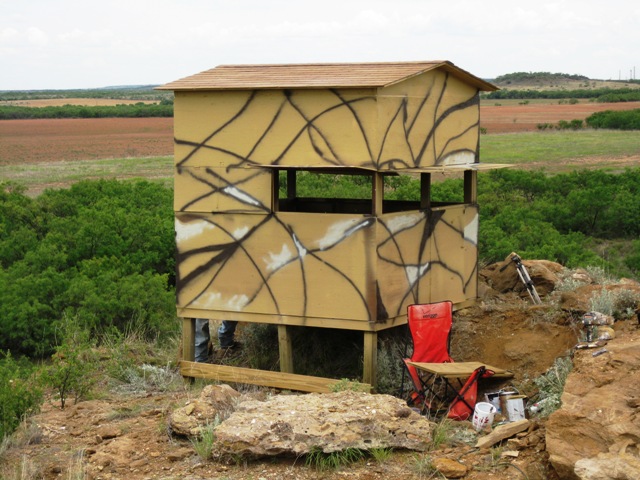 Here's a picture from a little farther off after we cleaned it up and shut the windows. It looks a little better in this picture. I'll probably bring a few more cans of spray paint down and put some additional touches on the camouflage job. Not sure if it will make it better or worse!
Here's a picture from a little farther off after we cleaned it up and shut the windows. It looks a little better in this picture. I'll probably bring a few more cans of spray paint down and put some additional touches on the camouflage job. Not sure if it will make it better or worse!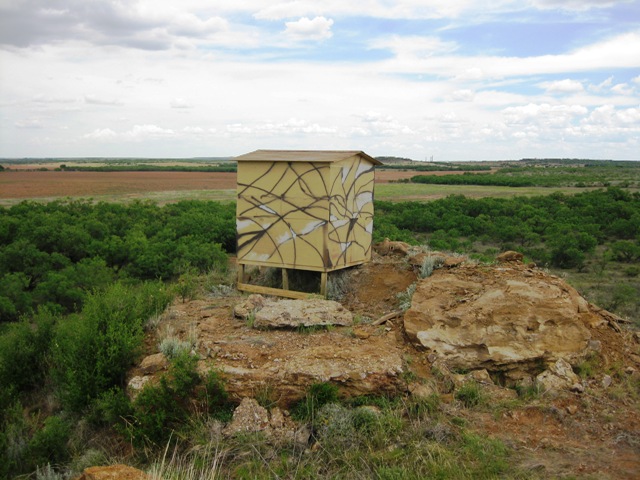 It really isn't that bad when you get a little farther away from it. Here's a picture of it at the top of the hill after we moved the other blind. If you look really close you can see the red chair and the windows are open in this picture.
It really isn't that bad when you get a little farther away from it. Here's a picture of it at the top of the hill after we moved the other blind. If you look really close you can see the red chair and the windows are open in this picture.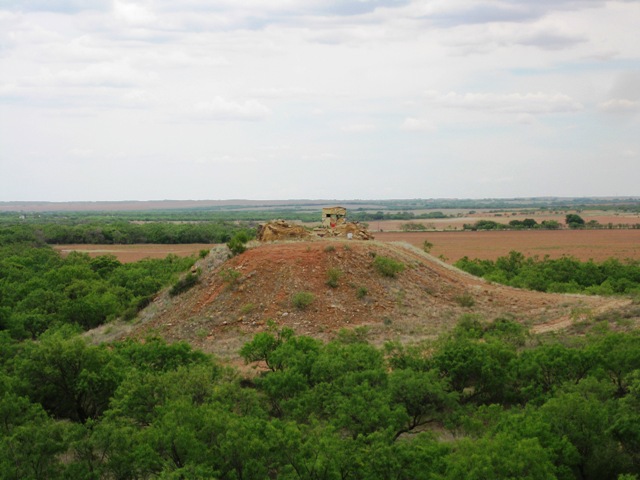 Last picture from a different angle. Again, it doesn't look quite as out of place from this angle. I really didn't want to end up with a road going to the top of the hill here, but I wasn't about to haul all that stuff up there and I ended up making quite a few trips back and forth and wore a track in a little bit. Maybe if I don't drive on it for a while it will blend in a little better.
Last picture from a different angle. Again, it doesn't look quite as out of place from this angle. I really didn't want to end up with a road going to the top of the hill here, but I wasn't about to haul all that stuff up there and I ended up making quite a few trips back and forth and wore a track in a little bit. Maybe if I don't drive on it for a while it will blend in a little better.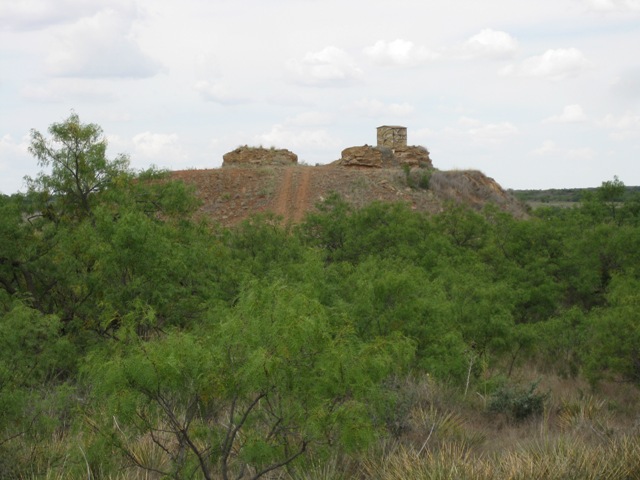 About the only things I'm not 100% happy with are the windows and the door, but doing it differently would cost quite a bit of money. If the plywood warps too badly, I might switch it out for some hardi-board and see how that works. I could replace all the windows with 1 - 4'x8' sheet of hardi-board if it comes down to that. Using actual windows would have doubled the price of the project so I ruled that out for now.
About the only things I'm not 100% happy with are the windows and the door, but doing it differently would cost quite a bit of money. If the plywood warps too badly, I might switch it out for some hardi-board and see how that works. I could replace all the windows with 1 - 4'x8' sheet of hardi-board if it comes down to that. Using actual windows would have doubled the price of the project so I ruled that out for now.
Oh well, that's the completion of this project anyway. I'll make another post soon on the results of our hunt and whether the camouflage mattered to the animals or not.
Nathan
